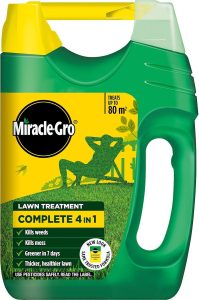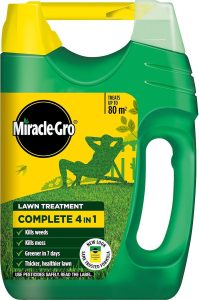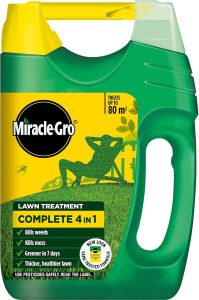Nestled in the corner of your backyard, a butterfly garden beckons with its vibrant colors and graceful fluttering wings. Designing a butterfly garden is not just about creating a visually appealing oasis, but also about providing a sanctuary for these delicate creatures. In this article, we will explore the best plants to attract butterflies to your garden, so you can enjoy their beauty all season long.
Choosing the Right Butterfly-Attracting Plants
When designing a butterfly garden, it is essential to choose the right plants that will attract these beautiful creatures. To create a haven for butterflies in your outdoor space, opt for flowers that are not only visually appealing but also provide nectar and host plants for the butterflies to lay their eggs. By incorporating a variety of butterfly-attracting plants, you can create a diverse and thriving ecosystem that will invite these delicate insects into your garden.
Some of the best butterfly-attracting plants to consider for your butterfly garden include milkweed, which is essential for monarch butterflies, lavender for its fragrant blooms that attract a wide range of butterfly species, and asters that provide nectar for adult butterflies and caterpillars. Additionally, lantana is a great choice as it blooms from spring to fall, attracting butterflies throughout the season. By selecting a mix of flowers that bloom at different times and provide food for both adult butterflies and caterpillars, you can ensure a continuous food source for these winged visitors.
Creating a Colorful and Fragrant Landscape
When designing a butterfly garden, it is essential to choose plants that will attract these beautiful creatures. Butterflies are attracted to bright colors and fragrant flowers, so incorporating a variety of plants with vibrant blooms is key. Some of the best plants for attracting butterflies include:
- Lavender: Known for its calming scent, lavender is a favorite of butterflies.
- Zinnias: These colorful flowers come in a variety of shades and attract a wide range of butterfly species.
- Milkweed: As the host plant for monarch butterflies, milkweed is a must-have in any butterfly garden.
Creating a diverse landscape with different heights and textures will also help attract butterflies. Add in some butterfly-friendly shrubs like butterfly bush or lilac, and consider planting a mix of annuals and perennials to provide nectar throughout the season. By incorporating a variety of plants that butterflies love, you can create a colorful and fragrant landscape that will be a haven for these delicate creatures.
Providing Habitat and Food Sources for Butterflies
When designing a butterfly garden, it is essential to choose the right plants that will attract these colorful insects. Butterflies are not only beautiful to look at but also play a crucial role in pollination. By providing the right habitat and food sources, you can help support butterfly populations and create a thriving ecosystem in your own backyard.
Some plants that are known to attract butterflies include lantana, milkweed, verbena, and zinnias. These plants provide nectar for adult butterflies to feed on, while milkweed is essential for monarch butterflies as it serves as a host plant for their larvae. By incorporating a variety of these plants in your garden, you can attract a diverse range of butterfly species and enjoy watching these beautiful creatures fluttering around your yard.
Maintaining a Healthy Butterfly Garden
When designing a butterfly garden, it is important to choose the right plants that will attract these delicate creatures. Butterflies are attracted to bright colors and sweet fragrances, so incorporating a variety of flowers in your garden is key. Some popular plants that attract butterflies include:
- Milkweed: This plant is essential for attracting monarch butterflies as it is the only plant they lay their eggs on.
- Lavender: Butterflies are drawn to the strong scent of lavender and love to feed on its nectar.
- Lantana: This colorful flower blooms all summer long and is a favorite of various butterfly species.
- Coneflower: The vibrant colors of coneflowers attract butterflies, bees, and other pollinators to your garden.
Creating a diverse garden with a mix of nectar-rich flowers will not only attract butterflies but also provide them with the food and habitat they need to thrive. Remember to plant flowers that bloom at different times of the year to ensure a continuous food source for butterflies throughout the seasons.
Future Outlook
In conclusion, creating a butterfly garden filled with plants that attract these beautiful creatures is a rewarding and enchanting experience. By carefully selecting the right combination of flowers, you can transform your outdoor space into a whimsical haven for butterflies to flutter about and thrive. Remember to provide a variety of nectar-rich flowers, host plants for caterpillars, and a water source to keep your garden buzzing with life. So go ahead, grab your gardening gloves and get ready to watch your butterfly garden bloom with vibrant colors and delicate wings dancing in the breeze. Happy gardening!



